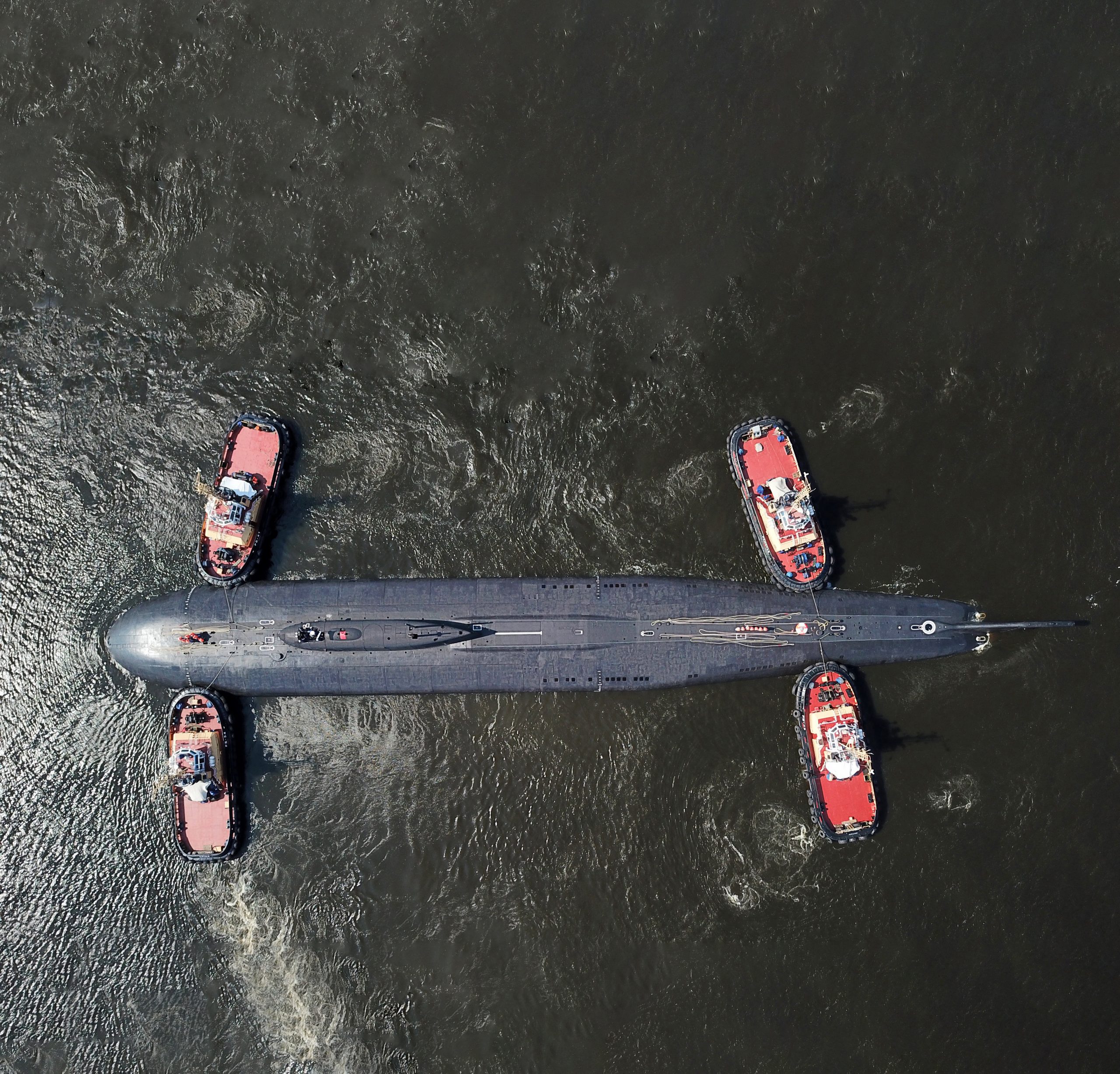The event involves a two-hour procession of warships along the Neva River in St Petersburg and past the naval base of Kronstadt, which is located on an island off the city.
It was first introduced by the USSR in 1939 to commemorate the Battle of Gangut, a 1714 defeat of the Swedish Navy that represented the Imperial Russian Navy’s first significant victory.
The event was then cancelled by the Soviets in 1980 before being revived by Vladimir Putin in 2017. He claims to have conceived of the idea while reading historical literature during a flight on his presidential plane, and of learning of a naval parade at Kronstadt during the Imperial era.
The Russian president typically uses the day as an opportunity to showcase his country’s military might and it is not without controversy. Similar, if smaller, events are held at other Russian naval bases including in Sevastopol, in the annexed Crimea region of Ukraine.
Another is due to be held at Tartus, in Syria, where the Russians have a base.
And Putin has already made a splash this year, with the announcement this week that Russia has developed a new Zircon hypersonic cruise missile. It was launched from a frigate located in the White Sea, in the north of Russia, and is said to be capable of flying at nine times the speed of sound and have a range of 620 miles.
The Royal Danish Navy closely monitors ships moving through its territorial waters to get to the St Petersburg parade, in order to minimise the risks of incidents at sea.
Warning: Illegal string offset 'link_id' in /mnt/storage/stage/www/wp-includes/bookmark.php on line 357
Notice: Trying to get property 'link_id' of non-object in /mnt/storage/stage/www/wp-includes/bookmark.php on line 37







